Landscape photographer David Queenan shows how reflections in rivers, lakes and puddles can lead to shots of striking depth and composition.
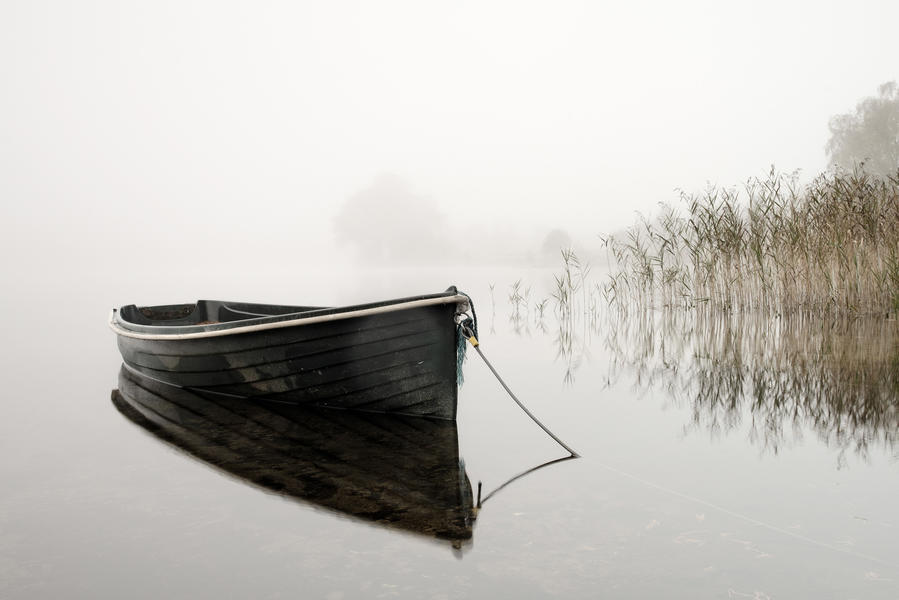
Rowing boat on Loch Ard
Shoot smooth or rippled water for different results
‘When I’m on location and shooting a landscape, I’m looking for one of two things: calm water that splits the image in half to create a perfect mirror image (Fig 1) or something with subtle ripples (Fig 2) that can potentially be flipped upside down to create a more abstract image yet still remains recognisable,’ says David.
In these two examples, you can see these distinct approaches. In the first, we see autumn colours reflected in the perfectly still waters of Loch Chon. This technique serves to lend the image a strong compositional balance and depth. On the other hand, the second image takes a more abstract approach by including the ripples of the water. This gives the flipped image a painterly quality and fractures the familiar scene.
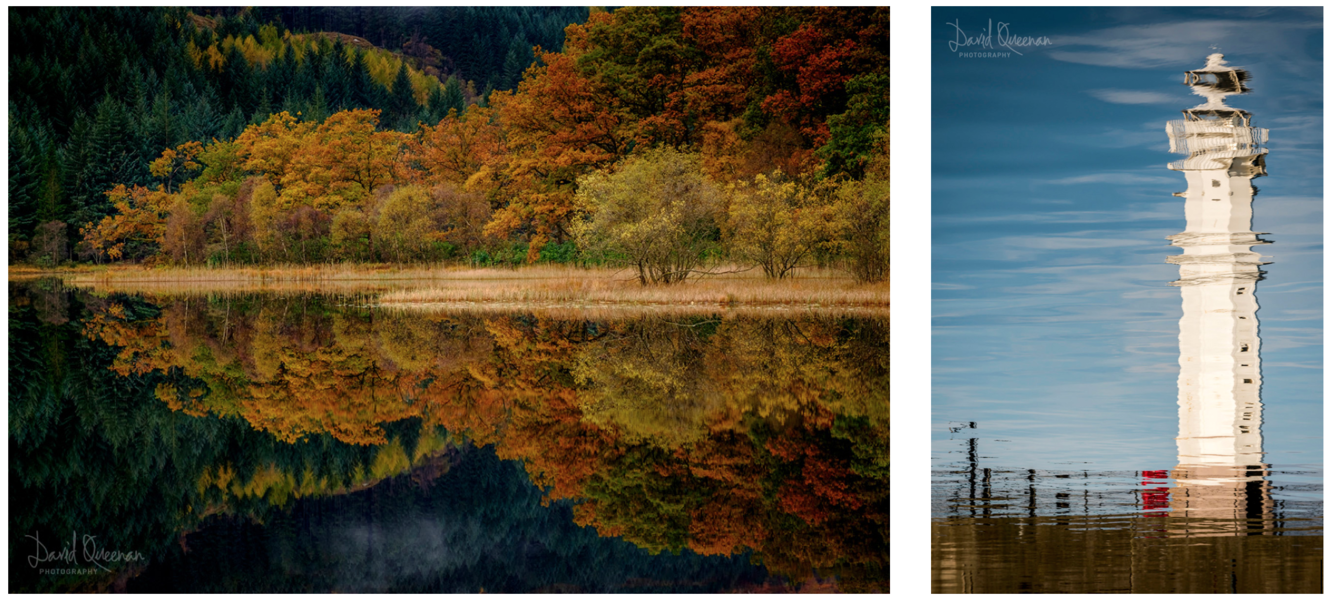
Fig 1: Loch Chon, The Trossachs / Fig 2: Newhaven Harbour, Edinburgh
Use reflections to bring a sense of tranquillity to an image
Reflections can also be used to instil a degree of atmosphere in an image. Here we see David’s shot of Lady Bower Dam in Upper Derwent Valley. The muted tones and misty conditions work perfectly with the gentle ripples of the water, and we see again how the reflections balance the image to give a composition that’s pleasing to the eye.
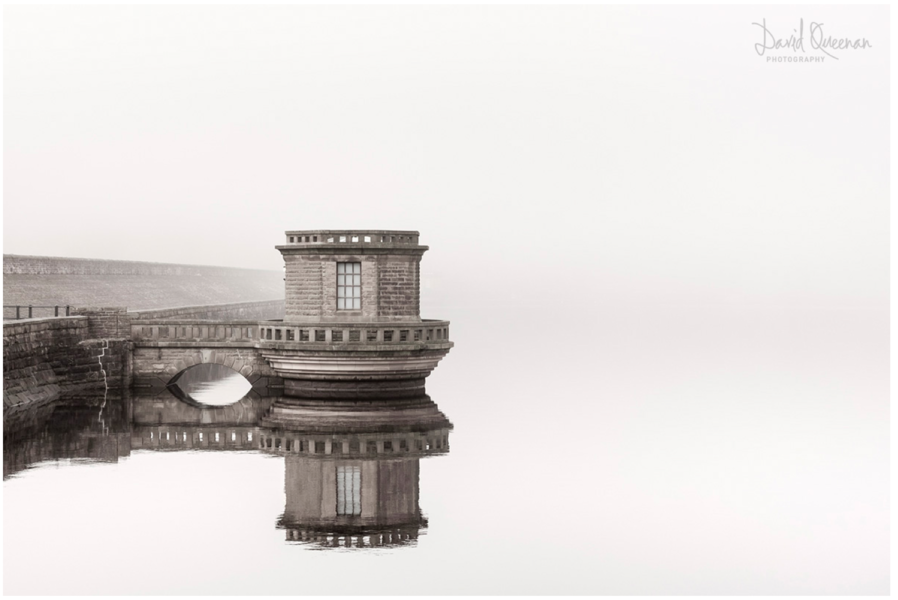
Fig 3: Lady Bower Dam, Upper Derwent Valley
Close down your aperture to keep the whole scene in focus
‘If you want the whole reflection of your image to be sharp then you need to make sure your chosen aperture provides enough depth of field to keep everything in focus,’ says David. ‘In this shot, I used a narrow aperture of f/16. This ensured that both the leaves on the surface of the water and the reflection of the trees remained sharp.’
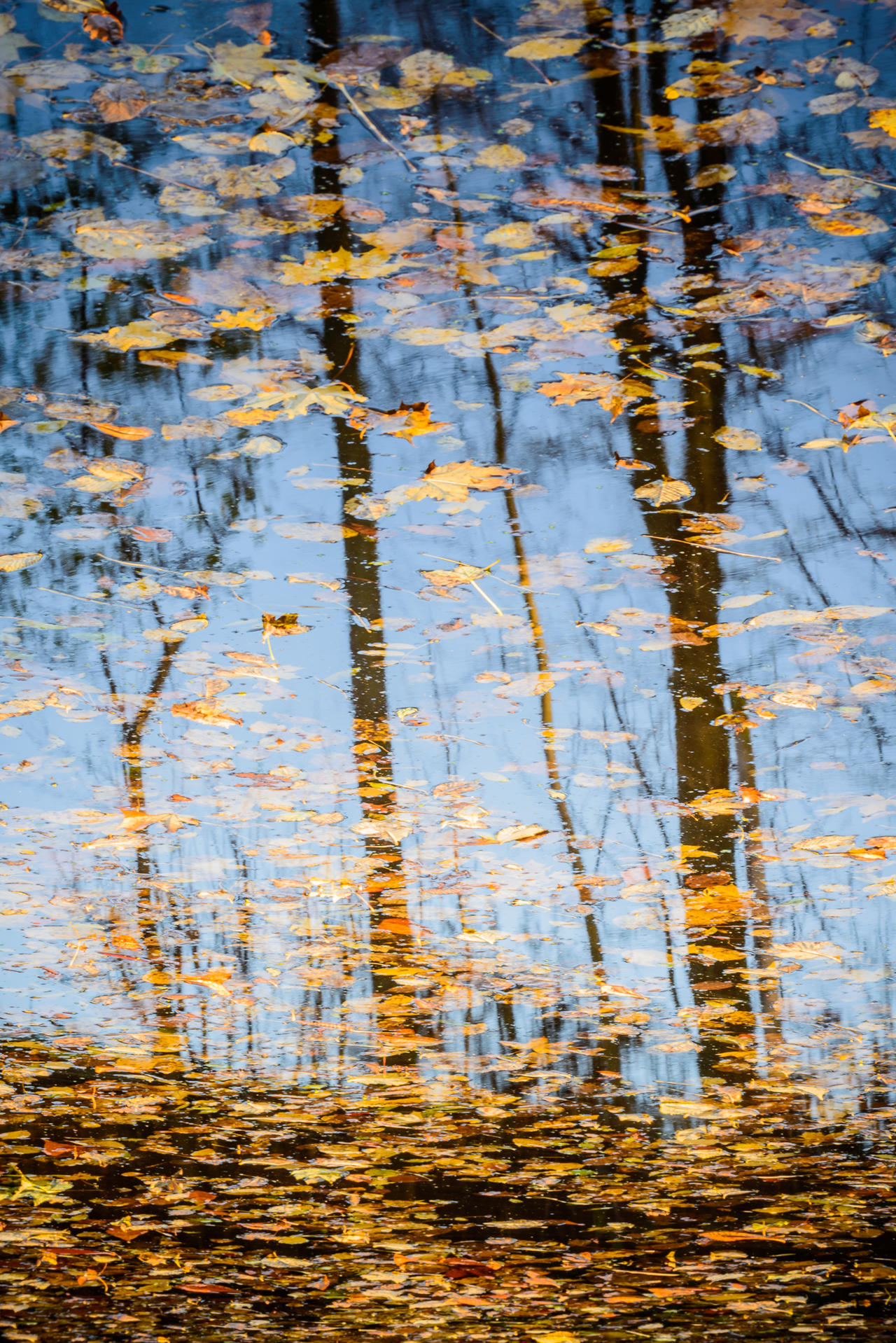
Fig 4: Union Canal, Scotland
A shallow depth of field can lead to beautiful abstract scenes
‘If you want the composition to be more abstract, a shallow depth of field can sometimes enhance that (Fig 5),' says David. 'For this image, I used a wide aperture of f/2.8 to create an abstract layered effect with the leaves floating on the water rendered out of focus.’
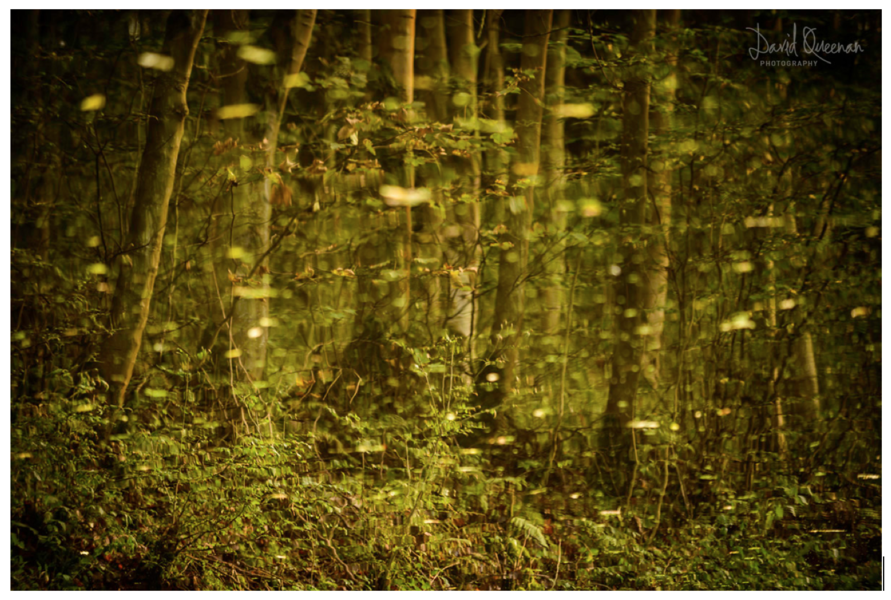
Fig 5: Union Canal, Scotland
Set a fast shutter speed to retain water detail and reflections
As David says, your choice of shutter speed depends on whether you are hand-holding your camera or using a tripod – although even with calm water you may still want to choose a shutter speed fast enough to avoid the movement of the water ‘blurring’ the reflections too much (Fig 6).
‘Even with a slowish shutter speed of 1/15th of a second, the water was calm enough here that the reflection of the bridge remained sharp,’ says David.
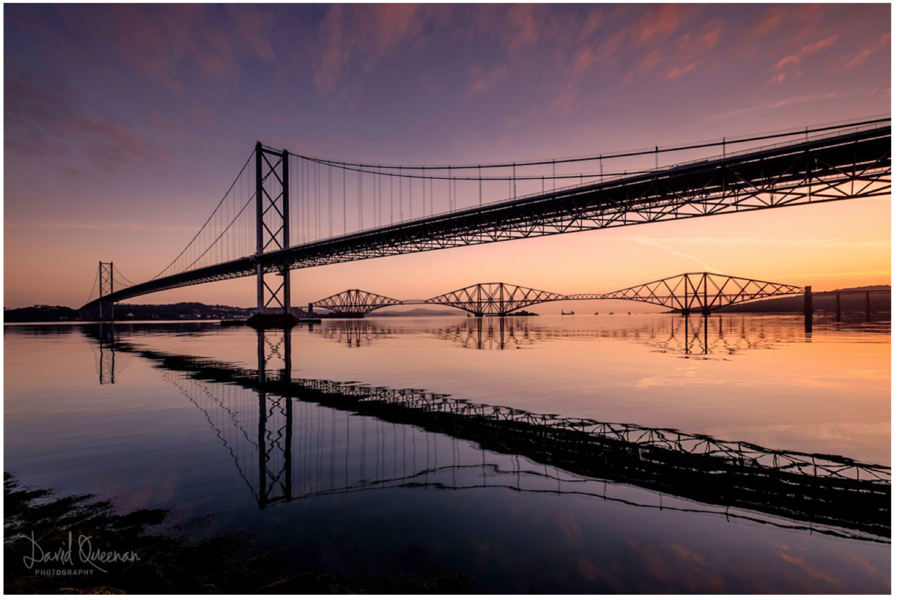
Fig 6: Forth Bridges, Scotland
For pin-sharp reflections, shoot in calm conditions
‘If you’re looking for the sharpest reflections in the water, calm weather conditions are a must,’ says David. ‘Even a slight wind can be enough to pick up a few ripples and disturb the reflections (see Fig 7). Notice that a just a slight wind and birds swimming through the water was enough here to disturb the reflections of this image.’
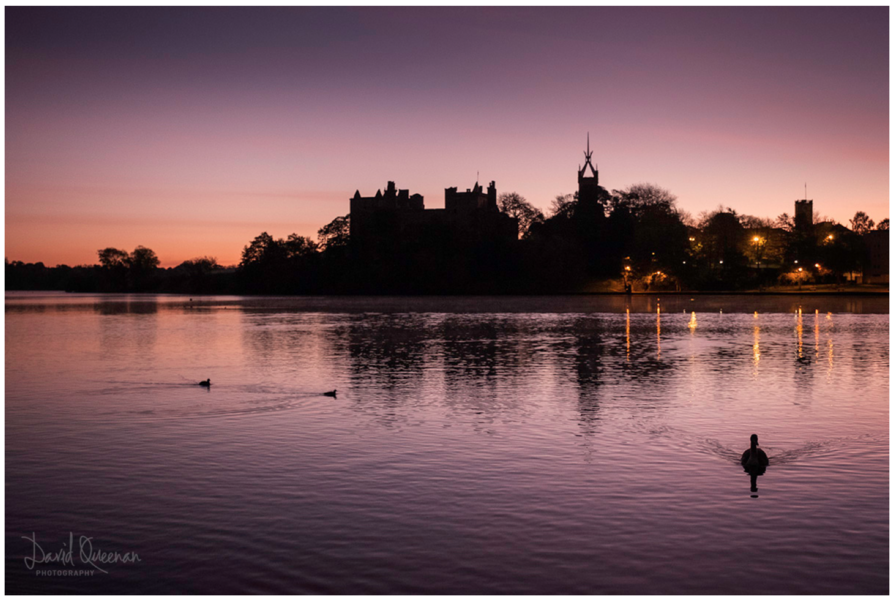
Fig 7: Duck Swimming
If the conditions are windy, long shutter speeds will still give reflections
Even when the water is rough, using ultra-long exposures allows reflections to be rendered that were not visible to the naked eye (Fig 8). For example, a shutter speed of 120secs was used for this shot to ‘smooth’ out the rough water and gives the impression of a calmer scene than it actually was.
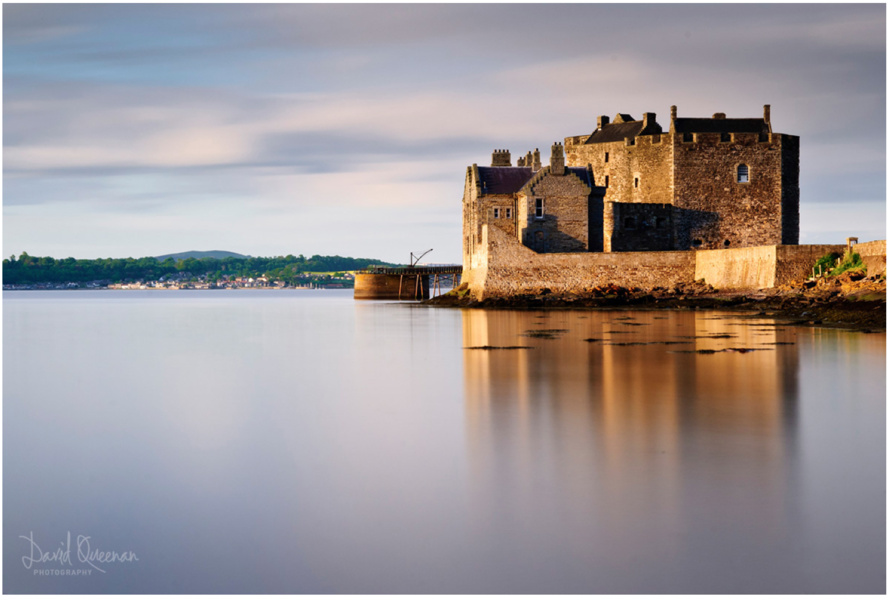
Fig 8: Blackness Castle, Scotland
Shoot just before sunrise
‘Whilst reflections can be shot at any time of day and in any light, I often find that the hour just before sunrise is the best time of day as the light is less harsh and the water can be at its calmest (Fig 9), such as in this shot of Kilchurn Castle.’
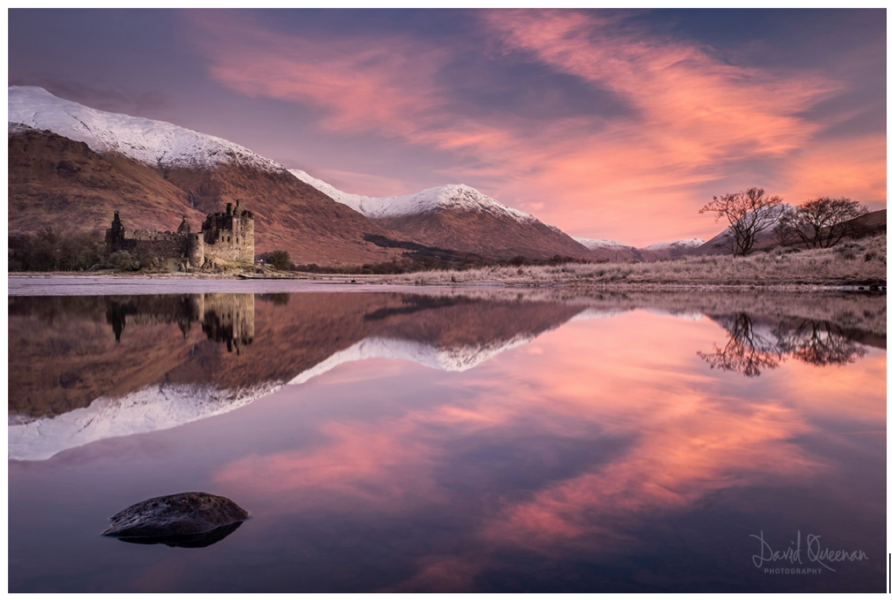
Fig 9: Kilchurn Castle, Loch Awe at Sunrise.
Use a polarising filter to reduce glare
A polarising filter is a great tool to use if you find the sun is causing a harsh direct glare on parts of the water. This causes white patches on the water’s surface and can be incredibly distracting. While polarisers are generally used to remove reflections from reflective surfaces, if you just rotate the filter slightly, it will reduce the glare but leave your reflection intact.
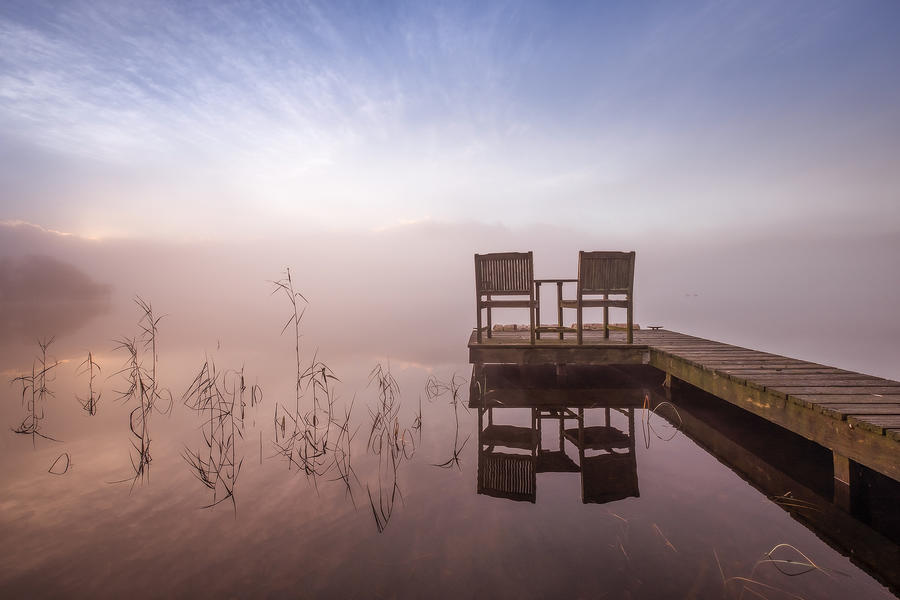
Fig 10: Trossachs National Park, Scotland
Use wideangle and telephoto lenses to represent the scene in unique ways
‘Lens choice really depends on the subject matter,’ says David. ‘A wideangle optic can be used to capture a vista and its reflection as we’ve seen in previous images. However, you can use a long zoom for isolating a reflection from its busy surroundings such as in this image (Fig 10). Here, I used a 200mm lens to home in on the water’s surface and isolate the reflections of the trees.’
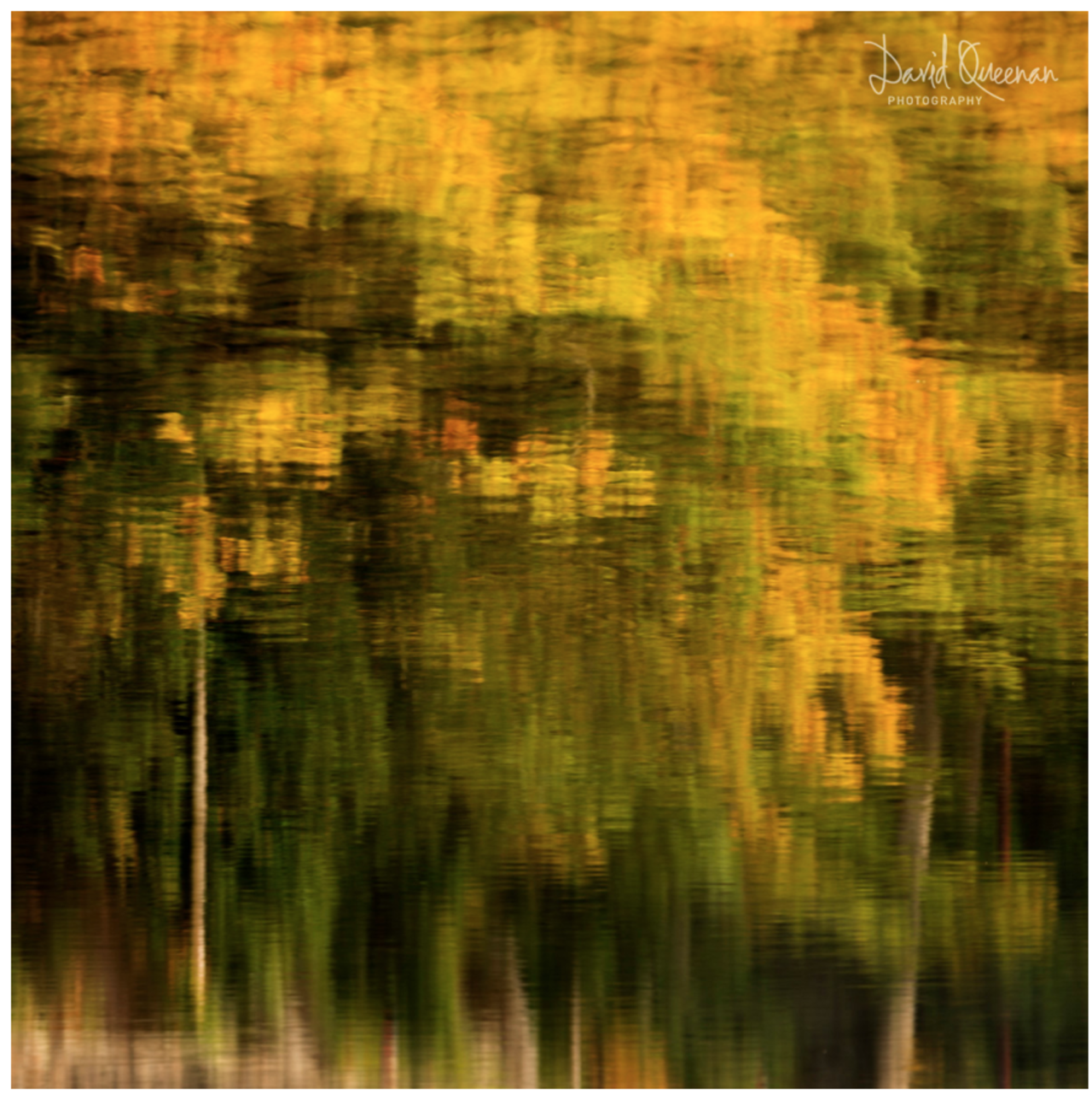
Fig 11: 200mm zoom to isolate tree reflections.

